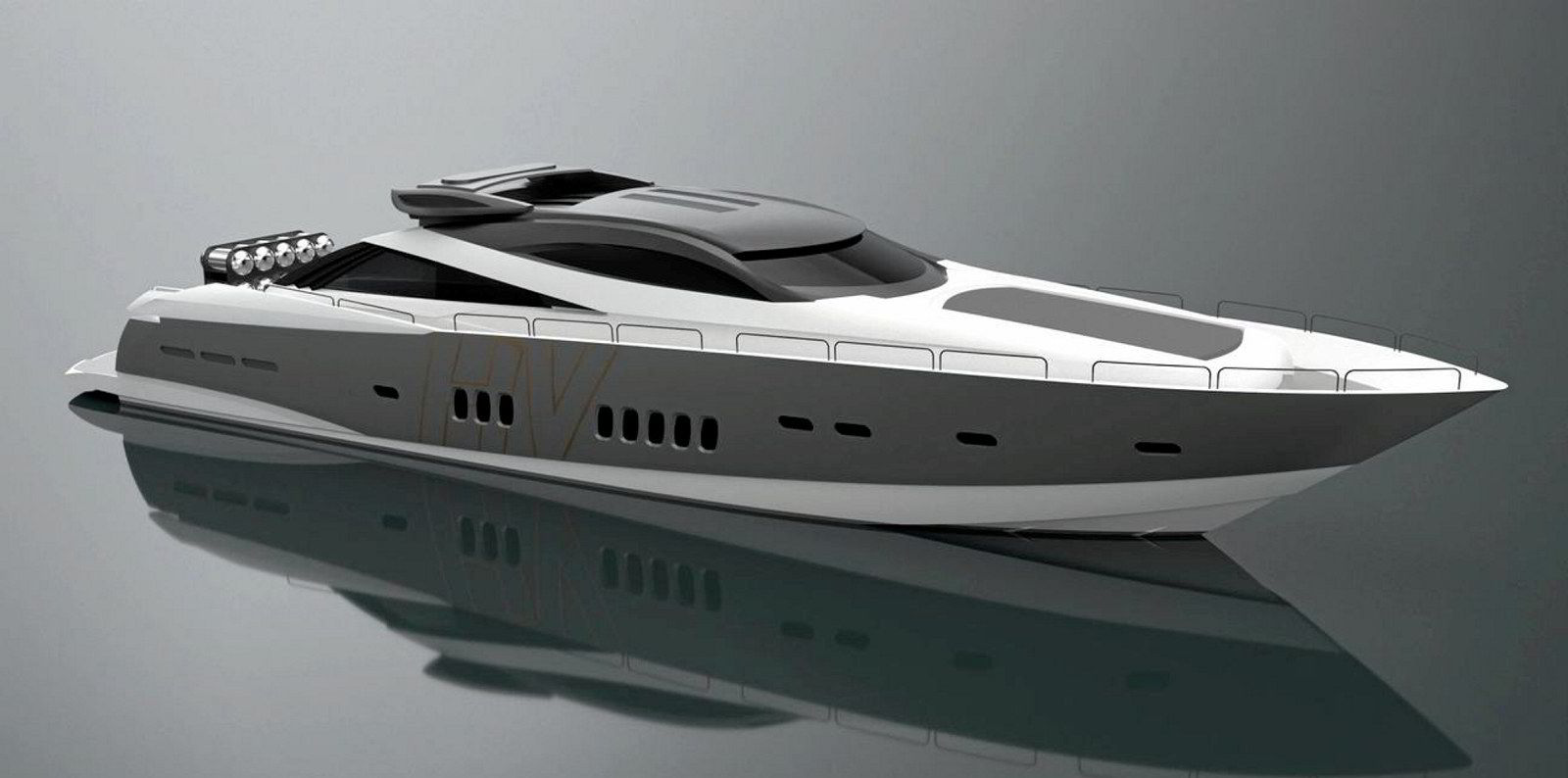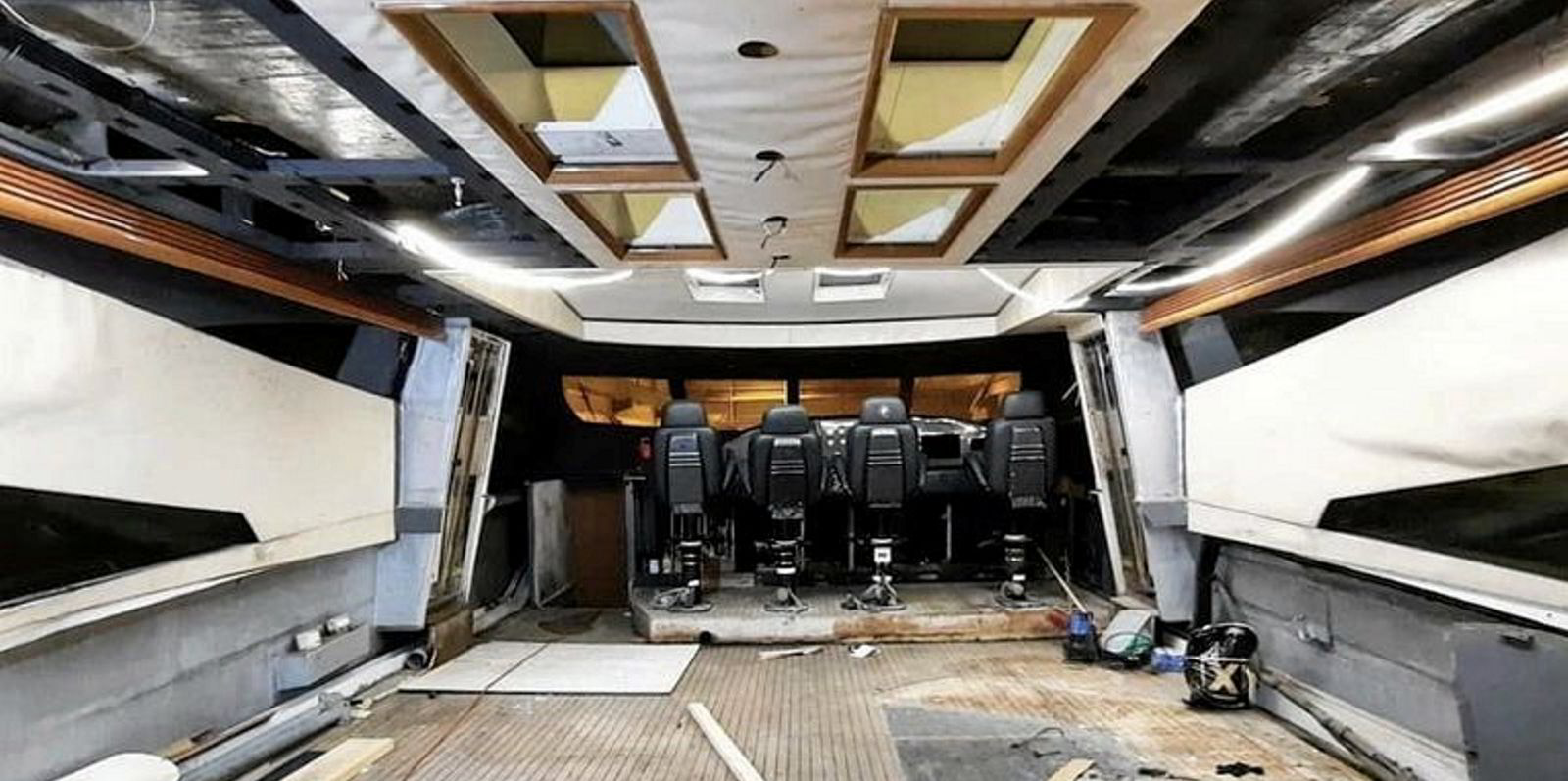Former Libyan dictator Muammar Gaddafi's thoughts on decarbonisation in shipping were not widely reported.
But the deposed strongman's former yacht Che Guevera may be about to become a footnote in the sector's drive to cut emissions.
Norwegian shipbuilder Green Yacht and design studio Coase Design are teaming up to transform the boat into a sleek hydrogen-powered vessel called Hydrogen Viking.
The companies claim it will become the world's first emission-free, high-speed luxury yacht.
Che Guevara, a 28-metre vessel of the Sunseeker Predator 95 design, grounded on a reef in Malta in 2012. The vessel was named after Ernesto "Che" Guevara, the Argentinean physician turned guerrilla leader who became a major figure of the Cuban Revolution.
Coase Design called the yacht a "mess" when it was inspected at a Maltese yard.
The ship was being sold off by the Gaddafi family for a bargain price, the company told Boat International.
There were tonnes of water down in the keel and bilges.
Ship-shape again

But the hull was made watertight so that the yacht could be transferred to Noryards BMV in Bergen.
Diesel engines have now been removed and the diesel tank cut away, creating space for a suite that will provide access to a bathing area.
The ambition is to install hydrogen fuel cells and an electrically driven pod propulsion unit beneath the hull.
Toyota hydrogen batteries will also provide power. The only emissions will be drinking water.
The yacht could be used for school groups and education around Scandinavia, and it could also be rented out for corporate events with a dining space.
But it is more likely to be sold back into the private luxury market.
The ship had four cabins and a top speed of 30 knots.
The Hydrogen Viking will retain the helm chair that only Gaddafi was allowed to occupy. Behind this was a portrait of Guevara.
It is hoped that the Hydrogen Viking can prove the viability of retrofitting hydrogen technology onto exiting yachts, instead of building hydrogen-specific concepts.
The Hydrogen Viking could be on the water in 2022.



